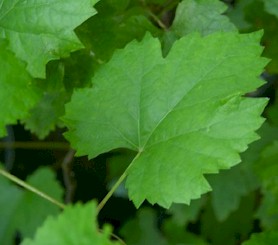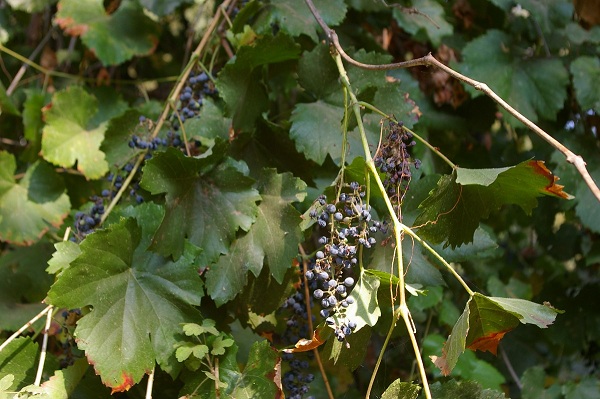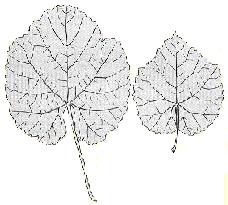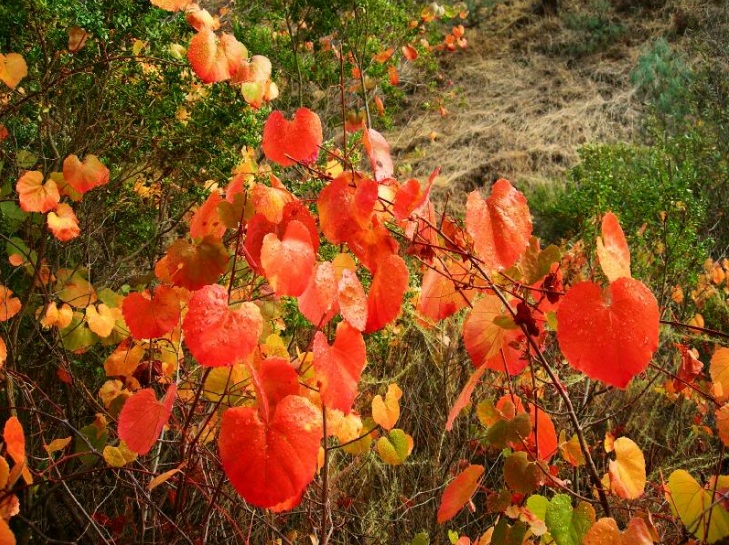|
|
|
Hansen's Northwest Native Plant Database |
|
|
|
Vitis californica (Western Wild Grape)
|
 |
||||||||||||||||||||||||||||||
|
This deciduous, climbing vine grows to 30 and can also be allowed to sprawl as a unique ground cover. The leaves are large with 3-5 lobes. Bees are attracted to the flowers and birds to the small purple edible grapes. In fall, the plant embraces Van Goghs glorious palette all shades of yellow, orange and red in dizzying combinations! This wild grape is native to riparian areas in Oregon and California, USDA zones 7-10. It is useful in restoration projects as it is easy to establish. It prefers moist sites but will not survive in standing water. Interestingly, this species is resistant to phylloxera aphids that nearly destroyed the wine industry in the late 19th century. Presently, most commercially-grown grapes have been grafted on to V. Californica rootstock. Photo (below, left) of this plant with grapes by user KP taken in fall of 2006 at Caswell Memorial State Park in San Joaquin Valley, California. The photo below, right, shows the outstanding fall color of the wild grape vine. Unfortunately, the source of this photo is a mystery. I strive to name the source of each photograph in our library but this one is missing that information. I suspect this has been released to the public domain but much prefer to be sure rather than guess. If you have any info on who, where and when the picture was taken, please let me know. I will add the credit immediately. Thanks! |
|||||||||||||||||||||||||||||||


 |
|||||||||||||||||||||||||||||||
|
Photos We Share!
|
|||||||||||||||||||||||||||||||
|